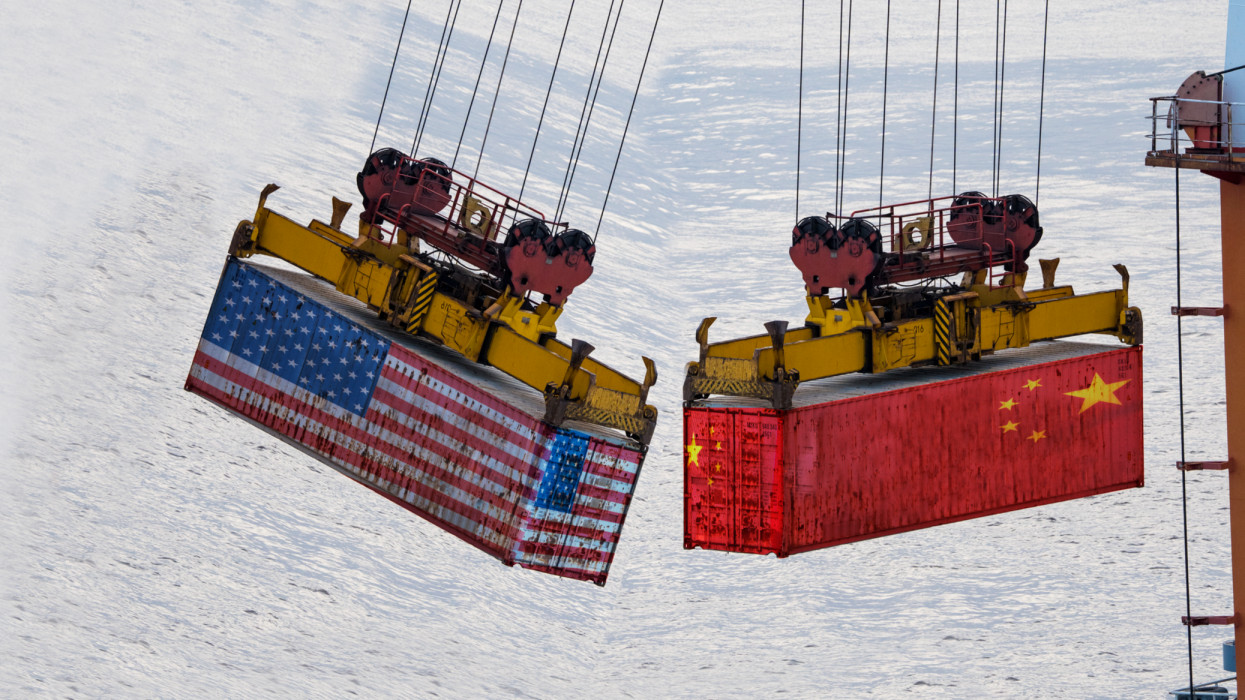At European and global level, the industry is showing a similarly high level of growth with rates of increase of 10 and 12 percent respectively," says association managing director Dr. Bernd Scherer. The new record is based on a solid foundation, with incoming orders showing a good double-digit increase for the second year in succession.
End of the boom not in sight
"The economic boost from which we are currently benefiting is based on two notable pillars: firstly, strong innovation impetus from the industry, and secondly, excellent producer prices, which are leading to a good earnings situation for farmers," explains Scherer.
An end to the growth phase is not yet in sight. According to a recent industry survey, top managers in the European agricultural machinery industry expect growth to continue. Both the current business climate and the projections for the coming six months are consistently positive. "Factories are running at full speed, and the order backlog in the industry currently corresponds to a production period of almost six months - we have never had a higher value," says Scherer.
High phase in almost all markets
It is worth noting that the agricultural machinery boom of the current year extends to almost all sales markets worldwide.
The only significant exception at present is China. "However, our analysts expect enormous catch-up effects in 2022, especially in East Asia, combined with strong growth spread throughout the year," Bernd Scherer emphasizes. In the United States, Japan and Europe, the major established agricultural machinery markets, the existing growth trend is also likely to continue well into next year.
Supply bottlenecks stall processes
However, due to global supply bottlenecks in the components sector, production processes are repeatedly coming to a standstill in many places. "The ongoing supply problems are putting worry lines on our foreheads," says Scherer. In steel procurement, cost increases of 95 percent compared to the long-term average have sometimes had to be accepted, and in microchips there is even talk of a five-fold increase in purchasing prices.
"Added to this are noticeable frictions in international transport logistics, with capacity bottlenecks and delays being the main complaints," Scherer sums up. Nevertheless, there is already light at the end of the tunnel: Raw materials experts expect the first signs of easing on the steel markets in particular in the coming months. A similar scenario is emerging in the logistics sector, which is gradually fighting its way back to a normal level after the Corona low.







